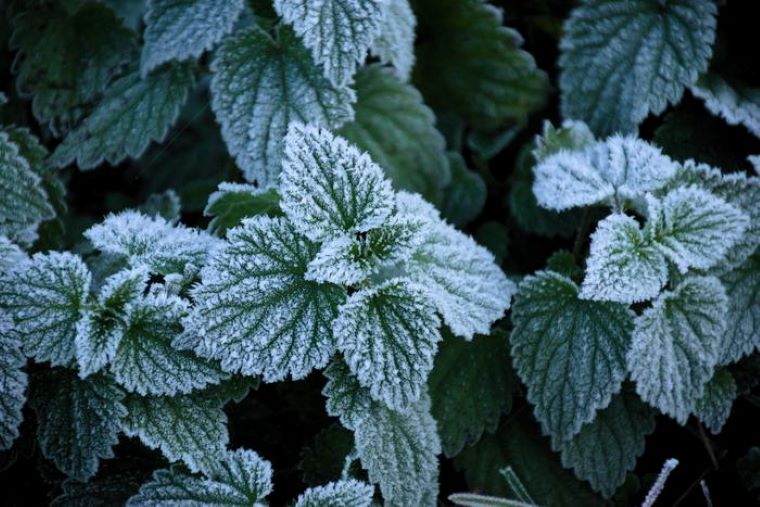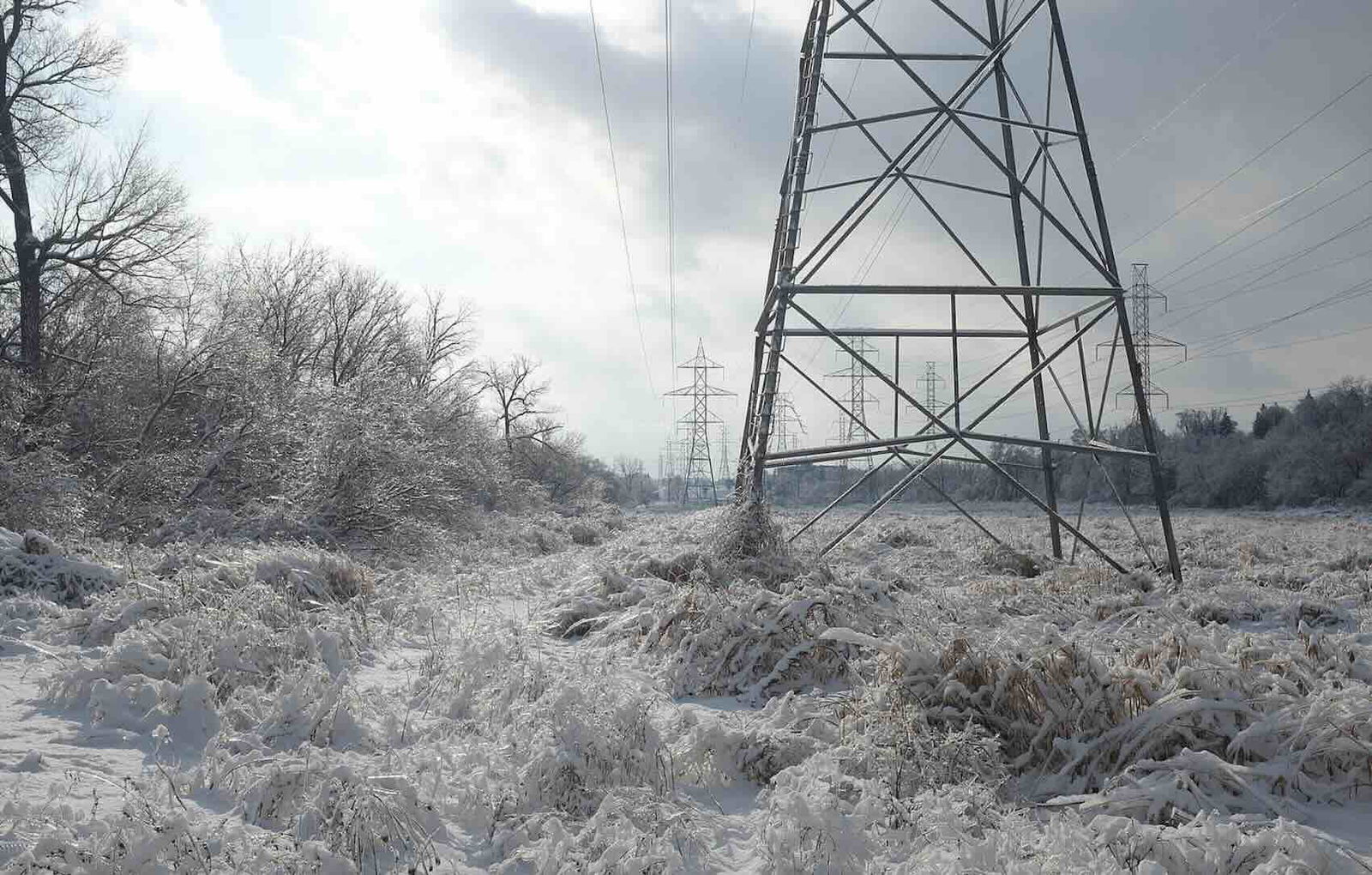Northwestern University researchers have created a potentially revolutionary hybrid anti-frost surface that prevents frost from accumulating on airplane wings and other surfaces like power lines for days at a time.
According to the researchers, their specially designed “macrotexture” surface eliminates frost before it accumulates due primarily to changes in its geometry. Combined with the seemingly magical properties of the two-dimensional material graphene, in this instance graphene oxide, the researchers say their novel approach prevents 100% of accumulated frost for a week or longer, making it 1000 times more effective than even the most advanced anti-frost coatings.
“When we combined graphene oxide with the macrotexture surface, it resisted frost for long times at high supersaturation,” said Northwestern’s Kyoo-Chul Kenneth Park, who led the study. “The hybrid surface becomes a stable, long-lasting, frost-free zone.”
Unlike conventional treatments, the new anti-frost surface maintains its performance when scratched or cracked. It is also cheap and can be produced using a traditional 3D printer.
Anti-Frost Technology Inspired by Leaves
In their study, the Northwestern researchers say we’ve known for millennia that frost accumulating on leaves only seems to do so on a leaf’s convex (flat) regions. Conversely, frost has a much harder time forming on the leaf’s concave regions (veins).


This observation led Park to develop a predecessor to their new surface in 2020. That work entailed creating millimeter-scale structures on a material’s surface to mimic the geometry of leaves, resulting in an 80% reduction in frost.
“There is more frost formation on the convex regions of a leaf,” Park explained at the time of that study. “On the concave regions (the veins), we see much less frost. People have noticed this for several thousands of years. Remarkably, there was no explanation for how these patterns form. We found that it’s the geometry — not the material — that controls this.”
Still, the team believed that manipulating the material composition along with the geometry could achieve even more anti-frost benefits. This resulted in the inclusion of graphene due to its myriad applications and unique properties. Specifically, the team coveted the 3D material’s ability to attract water vapor.
“Graphene oxide attracts water vapor and then confines water molecules within its structure,” said Park. “So, the graphene oxide layer acts like a container to prevent water vapor from freezing.”
As expected, the combination of the macrotexture surface and the graphene oxide significantly increased frost prevention. According to the researchers, their hybrid surface displayed the ability to prevent 100% of accumulated frost for a week or longer.
The new coating also proved to be particularly robust. According to the researchers, it has an unprecedented ability to resist cracks and scratches and maintain its optimal anti-frost performance.
“Most other anti-frosting surfaces are susceptible to damage from scratches or contamination, which degrades surface performance over time,” Park explained. “But our anti-frosting mechanism demonstrates robustness to scratches, cracks, and contaminants, extending the life of the surface.”
Surface Could Benefit Airplane Wings and Power Lines
Although preventing frost accumulation on airplane wings is a critical safety concern, the research team notes that numerous industries could benefit from the anti-frost properties of their hybrid surfaces. In one example, Park highlights the 2021 power crisis in Texas, estimated to have cost $195 billion in damages “resulting directly from frost, ice, and extreme cold conditions for more than 160 hours.”
“Unwanted frost accumulation is a major concern across industrial, residential, and government sectors,” Park explained. “Thus, it is critical to develop anti-frosting techniques, which are robust for long time periods in extreme environmental conditions.”
According to the study authors, developing a surface that combats frost was only half the battle. If their anti-frost coating was going to have wide-ranging benefits, it would also need to be easy to fabricate and implement. Fortunately, Park says their team designed their hybrid anti-frost technique “with all of these needs in mind.”
“It can prevent frosting for potentially weeks at a time and is scalable, durable, and easily fabricated through 3D printing,” Park explained.
The new coating is also incredibly versatile. According to Park, it could be adapted to different uses, ranging from airplane wings and power lines down to car windshields and freezers, all with unique challenges and requirements.
“There currently is no ‘one-size-fits-all’ approach because every application has specific needs,” Park said. “Although airplanes only require seconds of frost resistance, powerlines operating in cold environments might require days or weeks of frost resistance, for example. With our new insights, we could design powerlines and airplane wings with reduced ice adhesion.”
Ultimately, the team says their anti-frost hybrid surface could increase safety, reduce energy usage, and extend the life of materials that experience repeated frost accumulation. These benefits could also reduce the time and energy spent maintaining power lines and other surfaces, resulting in significant cost savings and increasing sustainability.
“Developing new anti-frosting techniques is crucial to preventing costly mechanical failures, energy inefficiencies, and safety hazards for critical operations,” Park said. “These types of alterations would greatly reduce yearly maintenance costs.”
The study, “Robust hybrid diffusion control for long-term scalable frost prevention,” was partially funded by the National Science Foundation and published in Science Advances.
Christopher Plain is a Science Fiction and Fantasy novelist and Head Science Writer at The Debrief. Follow and connect with him on X, learn about his books at plainfiction.com, or email him directly at christopher@thedebrief.org.

